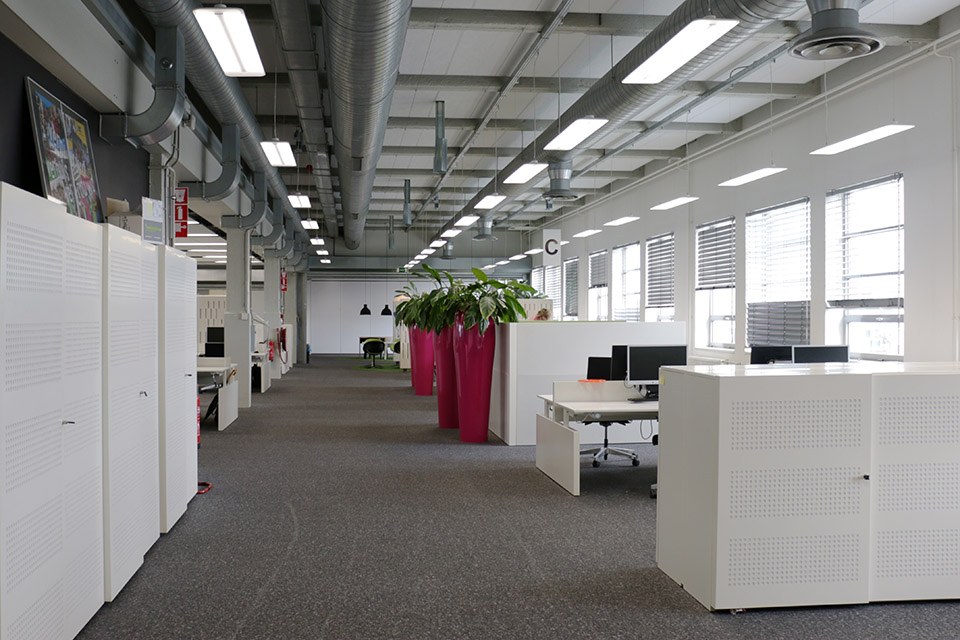OpenAIS Project Completed after Successful Validation of IPv6 Based Lighting Controls
The EU-Horizon 2020 co-funded OpenAIS [1] project, that successfully brought open IPv6-based control to the lighting world, has been completed as planned. A consortium of seven leading companies in lighting, IoT and building management and two knowledge institutes worked closely together for 3.5 years on IP-to-the-end-node connected lighting for professional buildings.
The project started in 2015 with the following objectives, that are all met:
• Identify user and system requirements for the 2020’s
• Define the best System Architecture for IP connected lighting:
o To meet the requirements of the 2020’s
o Exploiting the Internet of Things
• Realize a pilot installation in an operational office
• Validate whether the pilot installation meets the requirements
• Prepare standardization by engaging with Standards Development Organizations (SDOs)
The project results are reported in scientific journals and industry magazines as well as via the public OpenAIS website. This website will remain in service until June 2023. It provides access to the public results of the project, e.g. the identified requirements for lighting systems in the 2020’s, the architecture and the object model definitions. Some of the results will be reflected in future standards of the Internet Protocols and the lighting world. We would like to thank the EU for the initiative and co-financing under the Horizon 2020 program.
User and system requirements were derived from stakeholder and end-user research. A key innovation of the OpenAIS Architecture is the multicast CoAP [2] based low latency group communication OGC (“Open(AIS) Group Communication”), that allows lighting commands to be delivered to many controlled light points in parallel. To fully exploit the advantages of IP to each luminaire, a dedicated Object Model was developed, and standardized via OMA Specworks [3] as an extension to LWM2M [4].
The architecture showed its great potential by serving a fully featured, full-scale office lighting installation with four hundred luminaires and embedded sensors in an independent environment. The pilot demonstrated that a mix of wired (PoE) and wireless (Thread) luminaires can be controlled as one system. The validation took place in the GGD offices of the industrial heritage building “White Lady” in Eindhoven. The pilot was demonstrated publicly during the OpenAIS Symposium on May 23, 2018.
The OpenAIS partners were Signify (formerly Philips Lighting), Zumtobel Lighting, Tridonic, Johnson Controls, Dynniq Belgium, NXP, ARM, Eindhoven University of Technology and TNO-ESI.
References:
[1] Open Architectures for Intelligent Solid-State Lighting
[2] Constrained Application Protocol
[3] OMA SpecWorks is an SDO for wireless connectivity
[4] Lightweight M2M, a protocol from OMA SpecWorks
Links for more information about OpenAIS:
• OpenAIS website: www.openAIS.eu
• Promotion movie: www.openais.eu/en/news-events/promotion-video-published/
• Overview article: www.openais.eu/user/file/openais-integrating_lighting_in_the_internet_of_things-ledprofessionalreview67.pdf

